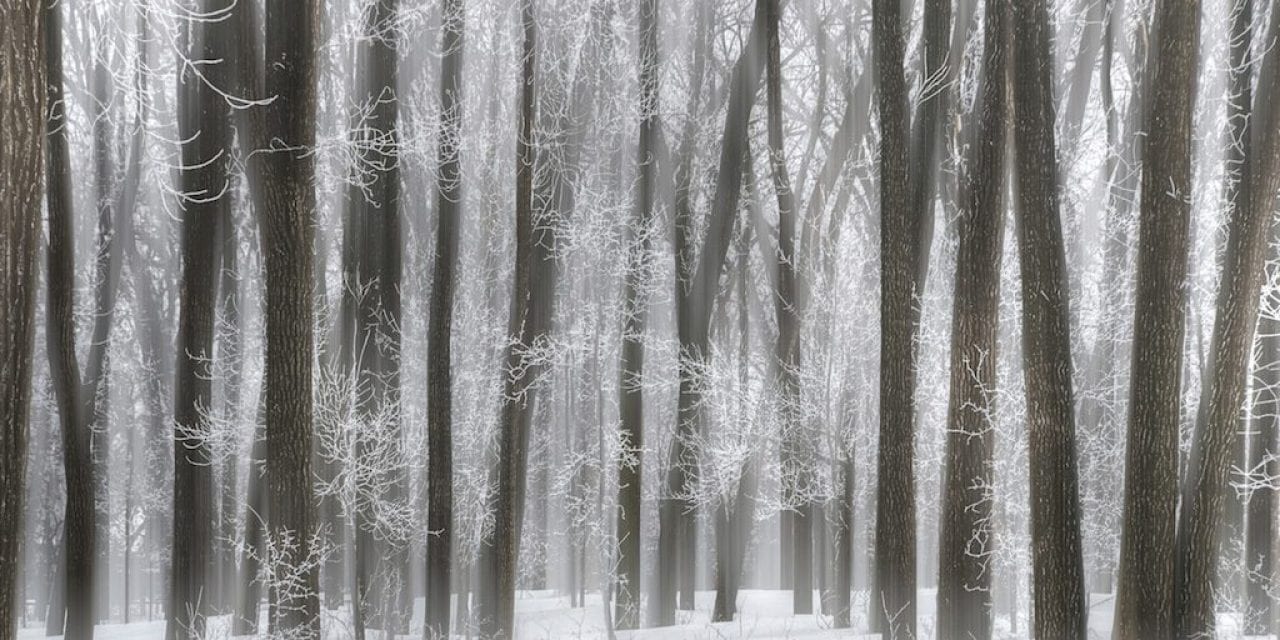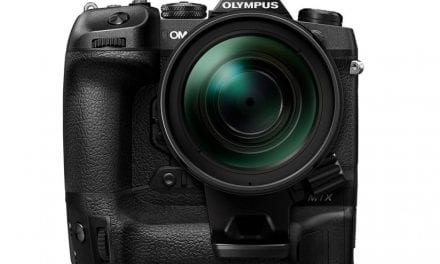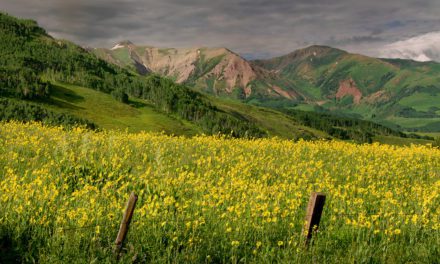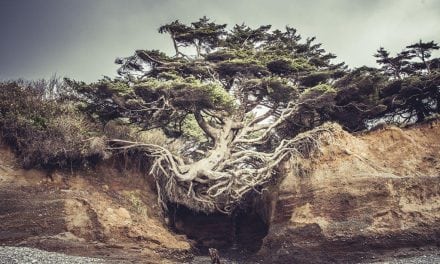I live in Miami, Florida, because it’s as far away from sub-zero temperatures as I can get without leaving the country. So, when work took me to Bismarck a few winters ago, the fact that North Dakota tops the list of coldest states in the United States hadn’t escaped me. It’s not that I hate the cold; the problem is that it triggers an irresistible desire to curl up in bed and hug the covers all day. Add to that a forecast of cloudy conditions for the duration of my stay, and it didn’t look like I’d be taking too many photographs on my trip.
But the lure of fabulous fresh snow proved harder to ignore than my aversion to its side effects. Foregoing my preferred photography hours of sunrise and sunset, I ventured out in the middle of the afternoon in temperatures that, to a Miamian, felt like a hundred below (likely not quite that far below freezing). I went to the Sertoma Park—also known as Riverside—a large municipal park along the Missouri River, home to an amusement park, the Dakota Zoo, the Lewis & Clark Riverboat, walking trails, picnic shelters and several other recreational activities. Normally filled with visitors, the parking lot was deserted except for a lone polar explorer walking his dog. Surrounded by towering snow piles, I set off down the Riverfront Trail.
Everything around me was bland and white: the ground, the trees, even the sky. But the frost on the tree branches was gorgeous. To emphasize it, I decided to fill the frame with nothing but trees. There was not a lot of variability in my subject, so I found a composition that showed the most perspective and depth and set my focus to about a third of the way into the scene. This technique works well when the scene as a whole is the subject. I set the aperture to ƒ/11 to allow for good depth of field for the first few layers of trees with some blurriness toward the background. Shutter speed was set to 1/160 of a second to avoid worrying about any camera shake while handholding.
Usually, when I’m out shooting, cold or heat bothers me much less, but it didn’t take long before I started to lose sensation in my fingers and toes. Satisfied I had already scraped together more shots than I had dared hope for, I fled to my car and retreated to the nearest purveyor of warm beverages.
I later processed my RAW file as HDR to bring out more contrast and then added a low-opacity layer of vertical blur to smooth out the trees and emphasize the frost-covered branches.
See more of Inna Malostovker’s work at imphotoart.com.
Nikon D7000, Tamron 18-270mm F/3.5-6.3 Di II VC PZD. Exposure: 1/160 sec., ƒ/11, ISO 200.
The post Behind The Shot: Cold Winter appeared first on Outdoor Photographer.















